1. Where to Stay
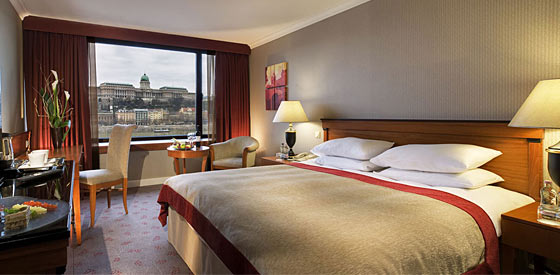
Request a Danube-side room at the InterContinental Budapest (from $210), a modern landmark on the river’s east (or Pest) bank that offers unmatched views of the Castle District’s Gothic skyline and the Buda Hills. Combat jet lag at the in-house spa, whose Zen-like serenity offers an attractive alternative to the often frenetic scene at the city’s traditional baths. Opt for an anti-aging facial ($95) that uses products made with locally sourced thermal waters.
Get into the Bohemian spirit across the river at Art’otel (from $145), located inside four restored Baroque townhouses. You can explore the surrounding medieval area by renting one of the house bicycles ($20 per day), but don’t miss the daily 4 p.m. tour of the hotel’s art collection, which includes 600 works by American artist Donald Sultan (free, includes a complimentary drink at the bar).
Splurge on a room at the Four Seasons (from $380), housed in the stunning Gresham Palace, a 1906 Art Nouveau masterpiece near the Pest side of the Chain Bridge. The swanky conversion features showy flourishes like peacock-embellished iron gates, a glittering mosaic-tiled lobby, and a gargantuan crystal chandelier.
2. Where to Eat
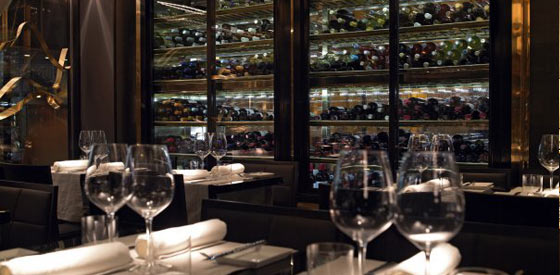
Discover why Miguel Rocha Vieira recently won Hungary’s first Michelin star at Costes, near the National Museum in the 9th District. The Ferran Adria acolyte serves three tasting menus ($85 to $148) as well as à la carte options, but molecular gastronomy isn’t the focus here. Instead, you’ll find slow-cooked game meats alongside pan-Asian offerings like langoustine in dashi stock ($12) and crab salad with wasabi and pickled radish ($24).
Sample contemporary Hungarian cuisine at Babel, which has earned a cult following with its theatrical dining room and inventive offal-centric menu. Ask for a table near the exposed kitchen to watch István Pesti and his crew put together plates of pig trotter carpaccio with crayfish ($17) and rabbit rillettes with liver bonbons ($21).
Book a romantic dinner at Tigris, where the Belle Époque décor (gilded mirrors, parquet floors, walls lined with wine bottles) and bow-tied waiters will transport you to Budapest’s golden age. While the comfort-food-heavy menu skews traditional Hungarian—try the rib-sticking beef stew with sour cream noodles ($19)—be sure to bring an appetite for foie gras: The restaurant serves it eight ways, including smoked ($13) or topped with pumpkin brûlée ($12).
3. What to Do
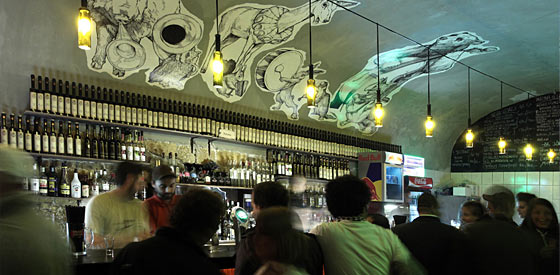
Learn about the city’s checkered history in the Castle District, where you can visit the UNESCO-listed Royal Palace, also known as Buda Castle, which was extensively bombed and ransacked during various crises but now houses the Hungarian National Gallery ($6) and the National Széchényi Library. Marvel at the nearby 700 year-old Matthias Church (Szentháromság tér 2; $4), featuring a flamboyant melange of Romanesque and Gothic styles as well as a gallery containing medieval crypts, sacred relics, and replicas of the Hungarian crown jewels.
Visit the Liberty Statue, an imposing bronze holdover from the Soviet era set high on Gellert Hill, south of the Castle District. Built to commemorate the Soviet liberation of Budapest after World War II, it remains a contentious symbol thanks to decades of grueling communist rule. For another contentious landmark, trek to the fascinating Memento Park, an open-air museum containing huge statues of Lenin, Marx, and Engels.
Embark on a crawl of downtown Pest’s “ruin bars,” an ever-expanding set of ad hoc nightspots often located in derelict buildings or abandoned spaces that have been reclaimed by artsy young entrepreneurs. Start out at Ötkert, a former apartment building now decked out with whimsical touches like Playmobil toys and a soundtrack of Michael Jackson and Prince. Visit the original ruin bar, Szimpla Kert, where backgammon tournaments and a hookah lend themselves to a convivial, laid-back atmosphere. Head to Corvintető, a communist-era department store that’s been transformed into a sophisticated watering hole with a massive rooftop garden and an opium den-like bar indoors. End your crawl at Instant, one of the most talked-about new spots in the city due to its striking décor of fake trees growing out of walls and an “upside-down lounge” with furniture on the ceiling.
4. Insider’s Tip
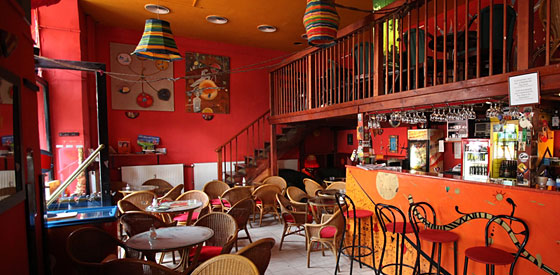
While English is pretty widely spoken here, it’s always helpful to learn a few phrases in the native language. Register for Fungarian’s crash course ($21), held at Katapult Kávéház (VII. Dohány u 1.a; 266-7226) daily at 2 p.m. The hour-long lesson covers numbers, getting around Budapest, and, of course, how to order a drink. The Fungarian crew also provides daily updated advice on their website to help tourists navigate both the city and Hungarian culture.
5. Oddball Day
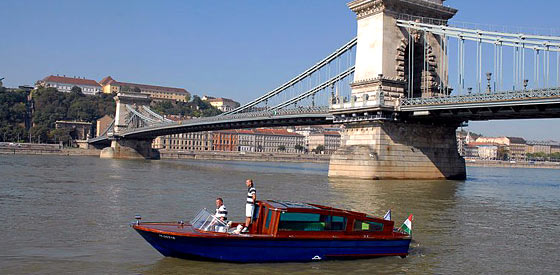
Once you’ve covered Budapest’s history, immerse yourself in a more sybaritic side of the city. Start with a traditional breakfast pastry filled with sweet cheese ($3) at Gerbeaud, the landmark coffeehouse and confectioner that has been a fixture in Vörösmarty Square in downtown Pest since 1845. Stroll a few blocks west to board a vintage wooden speedboat for an hour-long private sightseeing ($270) cruise of the Danube. Dunarama supplies the boat and crew, as well as sparkling wine for up to ten people. After disembarking, grab a swimsuit and towel and head to the famous thermal baths of Budapest. The two most accessible for visitors are Széchenyi and Gellért, masterpieces of Baroque and Art Nouveau design. The swimming pools and massage/spa area of Széchenyi (located on the Pest side, from $19) are co-ed, while the massage and thermal sections of Gellért (in Buda, from $15) are divided into men’s and women’s sections. Next, stock up on Hungarian picnic supplies at gourmet provider Culinaris and head for Margaret Island, a manicured summer playground in the heart of the Danube (bridges connect it to the mainland on either side). Take in an outdoor concert at the open-air theater in the shadow of the famous Art Deco water tower or splash in one of eleven pools at the Palatinus Water Park. As the sun goes down, quench your thirst at Holdudvar, a restaurant, bar, and open-air cinema in the southeast corner of the island that’s a magnet for the beautiful people come summer (11 a.m. to 5 a.m. through September). Choose from a list of cocktail classics—Cuba libres, daiquiris, and piña coladas abound—and settle on the terrace as the city lights up around you.
6. Links
WhereTraveler offers helpful insider info, restaurant reviews, and news bites along with updates on the most happening ruin bars. Most hotels carry the hard copy as well.
Visit Budapest Info, the city’s official tourism site, to keep abreast of cultural goings-on about town.
Peruse sassy reviews of bars, pubs, and clubs on Pestiside, a blog that organizes drinking spots into amusing subsections like Normal (“regular folk, drinking drinks”), Swanky (“fancy-ass drinks for fancy-ass people”), and Boho (“oh so hip, but not so annoying”). Sister sites Caboodle and Chew offer local news and food reviews respectively.